You may be wondering, why not just give a traditional individual exam more similar to the actual IB exam? Good question...
Ok, once I decided to give it a shot, I needed a way to make this task truly groupworthy so that all of my students could valuable contributors in groups of 4 or 5. To make this happen, I developed a workflow to facilitate the groupworthiness of the activity. I will attempt to outline the "phases" and my thinking behind them in the post below :) Set UpThe Questions This starts with a traditional test that is a little longer than something you would give to students with the given time provided. When I did this, I had a two hour finals block and I assembled a 48-question monster of an exam. I then cut the test apart into 48 individual questions made bundles that contained every 5th question from the exam. Each student in the 5-person group would start with one of these bundles to ensure they would see questions from each topic at least once. Unfortunately, this part is a little tedious and it takes a little prep work but I can justify it by watching a movie and remind myself that it is still less time than the extra grading that it would be for individual exams. ;) The Groups To make equitable groups, I exported my gradebook and sorted by overall semester grade. Once in order, I distributed the students in to groups by numbering them off and assigning them to groups so all groups were mixed.
Phase 0Once all names were recorded, they had a couple of minutes to read through the instructions. Phase 1This process starts out pretty individually with students working through their prepared bundles of every 5th question on the test. Since I didn't have class sizes perfectly divisible by 5, groups of 4 had a bonus packet to divide up among the students that made it through their bundles first. Tip: some groups figured out that it would help them later on in phase 2 if they wrote their initials in the top corner of the problems that they worked on so that they knew who to talk to when evaluating each other's work. Phase 2Once an individual student was done with their initial bundle of problems, it was time for them to move on to phase 2. In this phase of the task, students review each other's work by pulling questions from the piles. As more group members contributed, these questions naturally moved up the confidence scale. Eventually, once groups felt confident in a problem and it had been seen by at least two group members, they could place it into a bin just to get it off of the table. Phase 3
GradingI graded these tests in the same way that I would a traditional test but I entered the score with a much lower weight than the other tests that we had throughout since I still wanted their overall grade to be an accurate measure of their individual understanding. Most of my exams are around 35-40 points and I entered this one out of 10 points so it didn't have as much impact on their overall grade but was enough that they still cared. As I explained it to them, "It's enough to matter, but not enough to MATTER." ;) All students in the group received the same grade for this assessment. Support and ResourcesAs I mentioned above, I've used this strategy in place of a traditional final exam. Since we didn't have time to review for this cumulative assessment, I decided to build in layers of resources that groups could use throughout the task. 1st Half For the first half of the challenge, students were allowed to use their calculators, equation booklets, and study guide binders that we have been building throughout the year (see Content Guides for more info on these). These resources had important reminders but no example problems or detailed walk throughs of the content and provided just the right level of reminder for them to confidently move forward on most problems. 2nd Half In the second half of the time, I allowed all groups access to their notes and course materials posted online. By postponing the time like this, they were able to go back and check or relearn the material for the problems that they were still unconfident about without turning the whole activity into a mindless scavenger hunt from the beginning. ReflectionThe thing that I'm happiest about with this group assessment approach is that the level of engagement was super high throughout the entire 2 hour finals period. Students even noted how fast the time went by since they always had something new to do as they progressed through the different phases. It turned a situation that is In the end, I was so happy with how it all went. Students took a deep dive into a semester's worth of content without the stress of a traditional final. They also got valuable experience reading, evaluating, and correcting each other's work in the process! Files
This post is part of a series that I'm hoping to continue where I outline some different teaching strategies that I love separate from specific lessons Click for More Teaching Strategies
Comments
|
Joe CossetteFather, Physics Teacher, Knowles Fellow, Friend, Techie, and Musician Blog Posts |
||||||||||||||||||||||
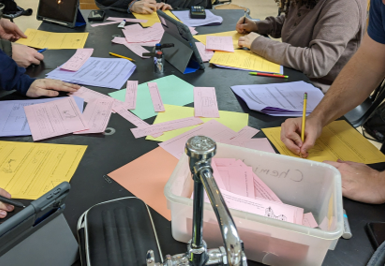
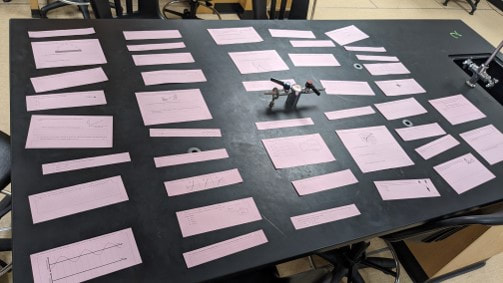
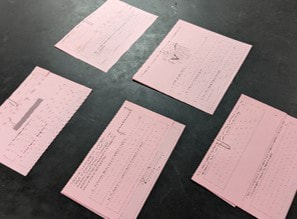
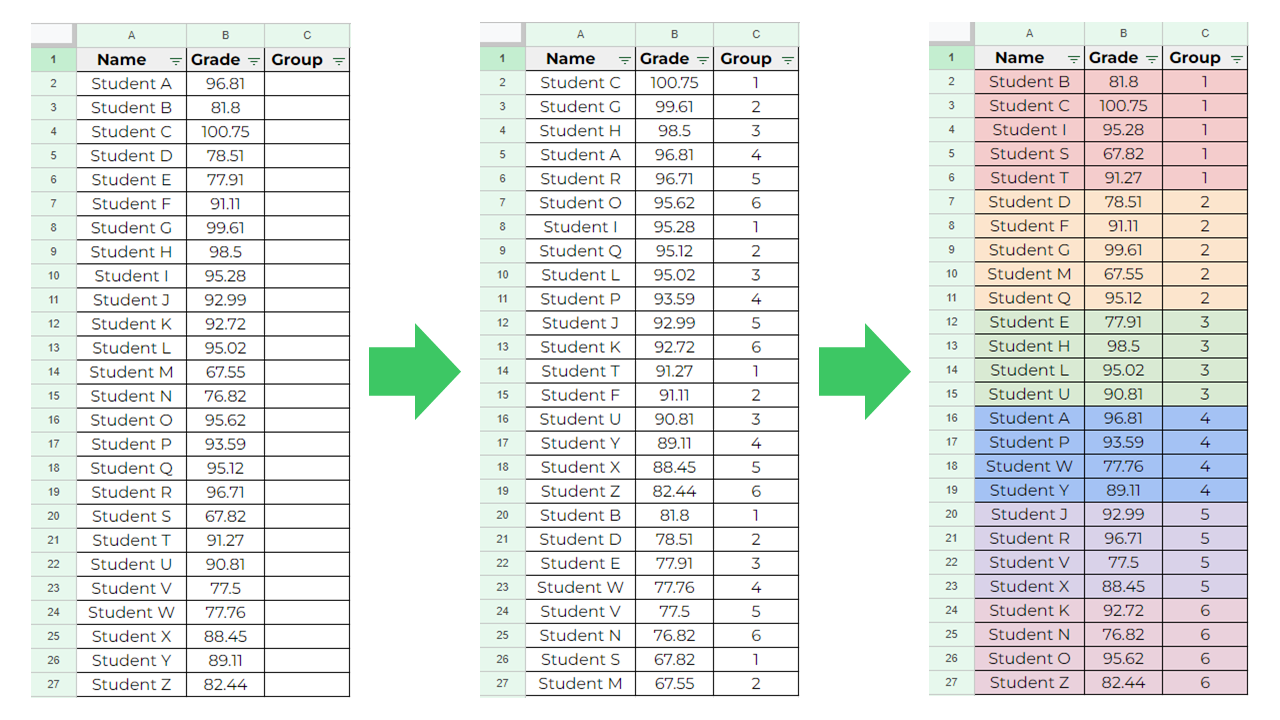

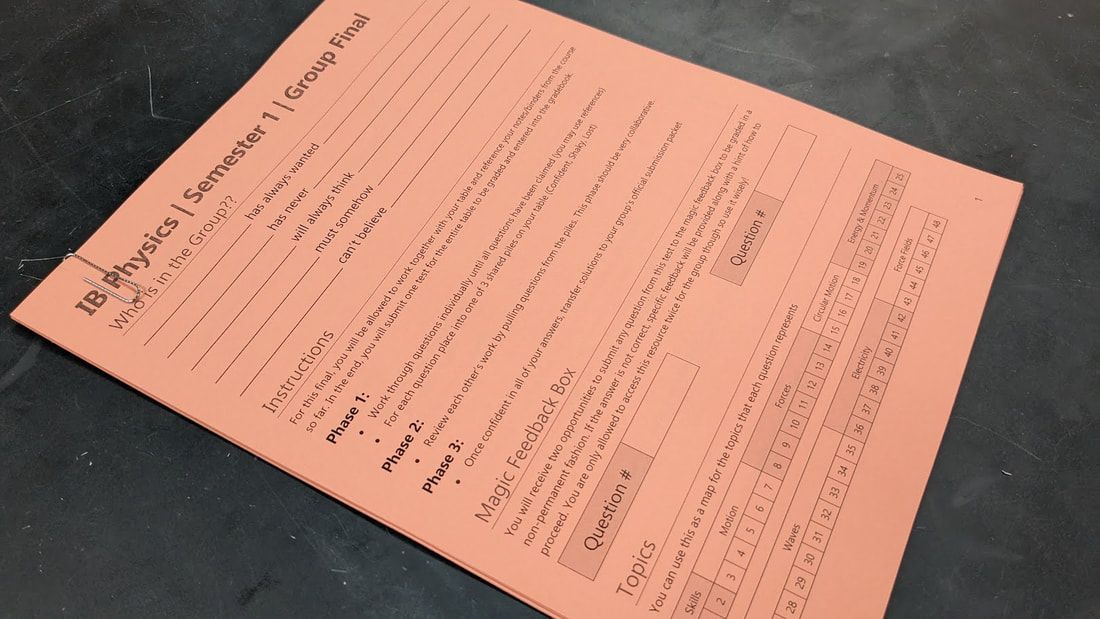
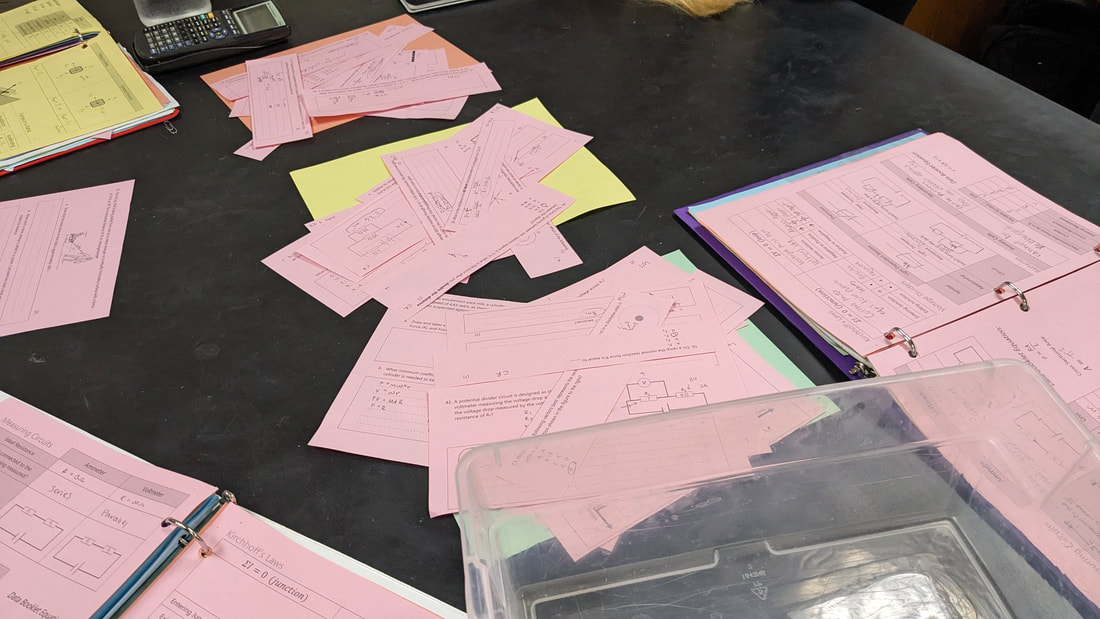

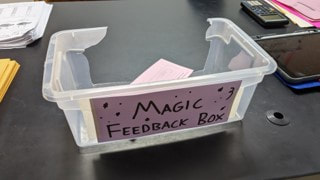
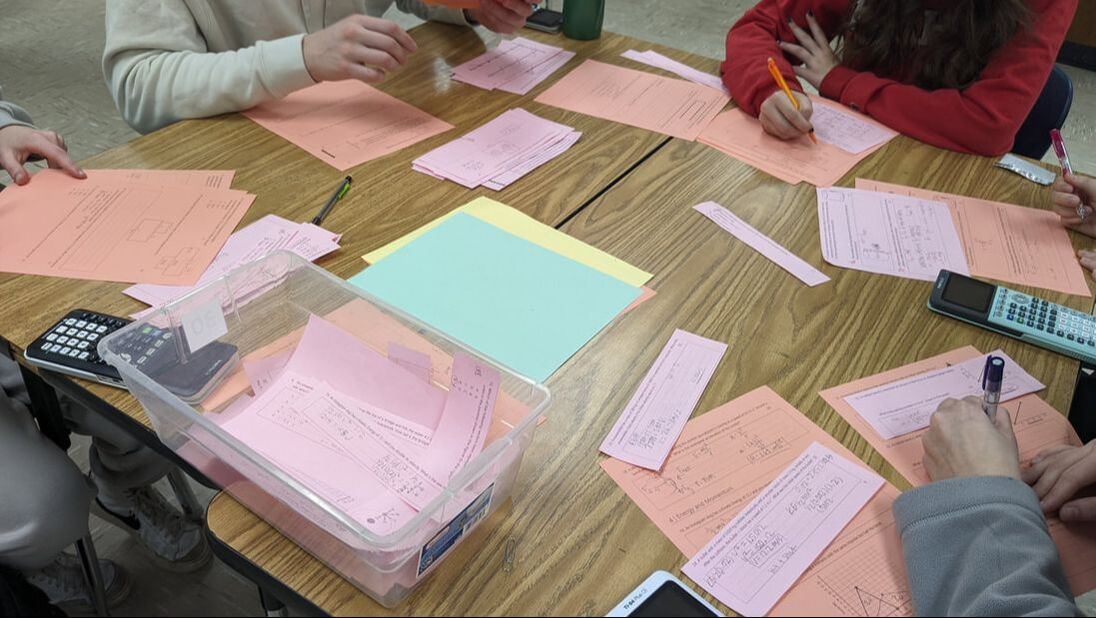
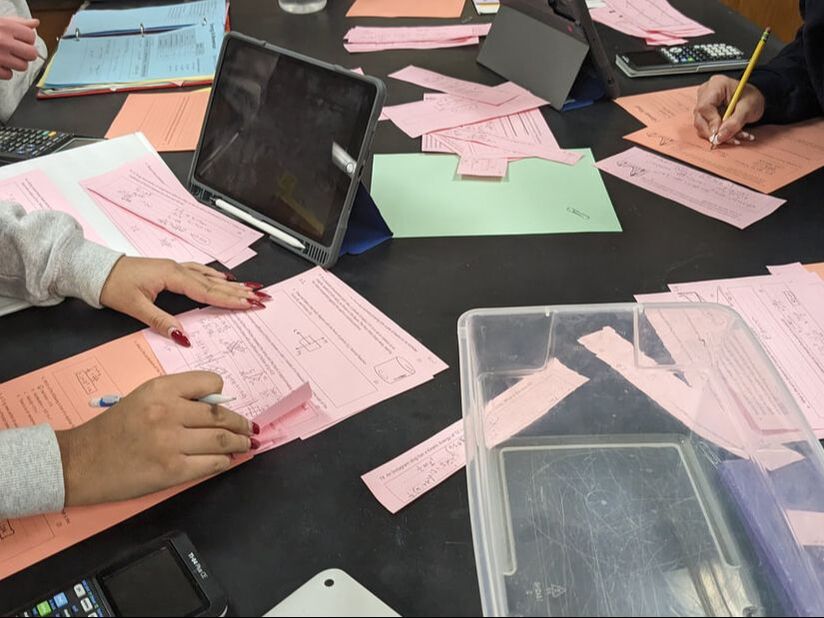
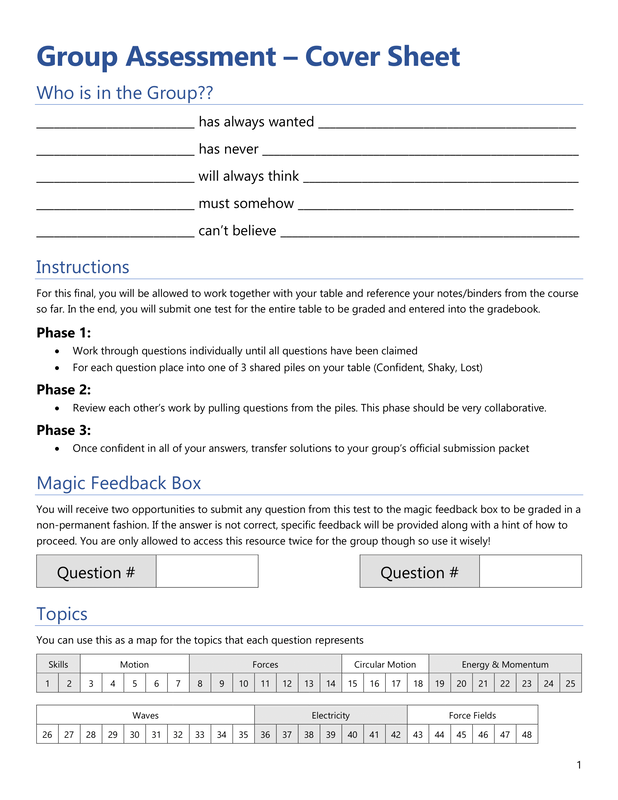
 RSS Feed
RSS Feed

